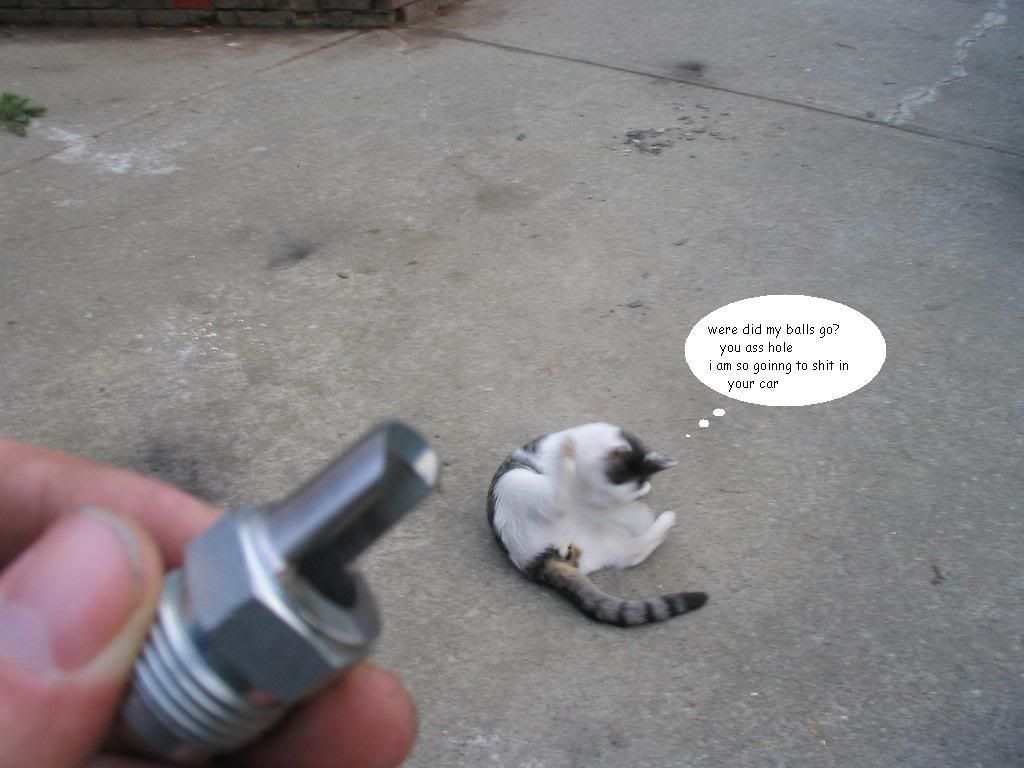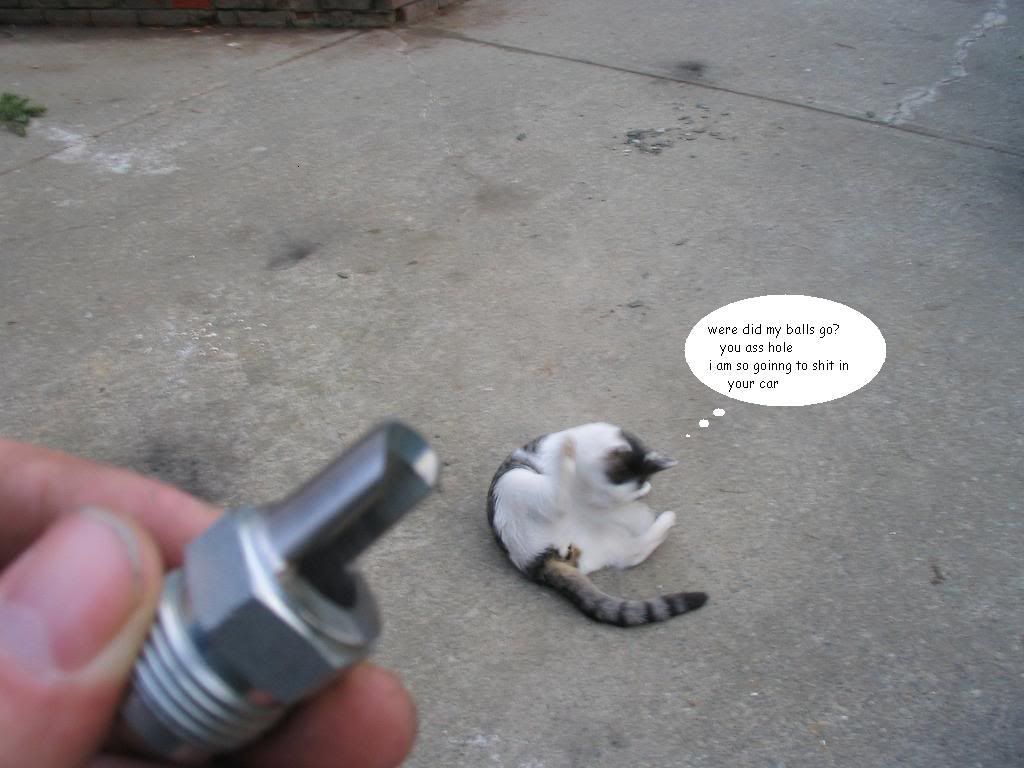tmsperformance;1822080 said:
I did read the thread, that is how I would assume to run it. I have never worked on a stock 7mgte. I can route mine totally different due to the FFIM, q45 TB and running a megasquirt due to not having that MAF. I have my top 2 valve cover hoses,the front valve cover hose and the block hose ran into a large baffled box filled with the scrubbing pads. At the outlet of the box, after the baffles I have a hose that is ran into a evac bung in the exhaust.
What exactly would be the best way to route them in stock conditions then?
1st rule: The crankcase is pressurized due to blowby.
2nd rule: Air pressure (or vacuum) will follow the path of least resistance...keep this in mind.
On the stock system, it's the TB (intake manifold) that provides vac...this covers over 90% of operating conditions. Under boost, flow reverses through the TB orifice (there is no check valve)...contrary to popular belief, the intake pipe does not provide vacuum. The reverse flow from the TB under boost over the cam cover outlets "pushes" the crankcase vapors to the intake pipe. This is obviously much less efficient and is the reason guys that try to use the intake pipe as the vac source for a catch can will always fail.
Take a look at IJ's pic (post #30), the catch can will not pressurize for two reasons:
1) The crankcase is marginally pressurized due to some blowby, creating resistance to that path.
2) The intake pipe is not pressurized, therefore no resistance, therefore flow goes to the intake pipe. This is exactly how the stock system works.
There is no significant vacuum at the intake pipe...to get any real vacuum, you would have to block the filter inlet to the pipe.
A PCV valve at the intake pipe that allows flow in the direction of the pipe, but not in the direction of the catch can will allow the TB to put max vac on the can...flow has nowhere else to go but from the cam cover outlets, to the can, to the TB port. Under boost flow reverses through the TB orifice...it will not pressurize the can because it has a much less restrictive path to the intake pipe...the pcv valve will not restrict this reverse flow. You also need this path to the intake pipe to allow crankcase pressure escape.
IJ's system used a FFIM - engine management does not have an impact on the PVC system. That applies to you as well. The crankcase needs to be under negative pressure to pull combustion byproduct out of the block. I'm not completely clear how you have yours routed, but the way IJ did is correct.





